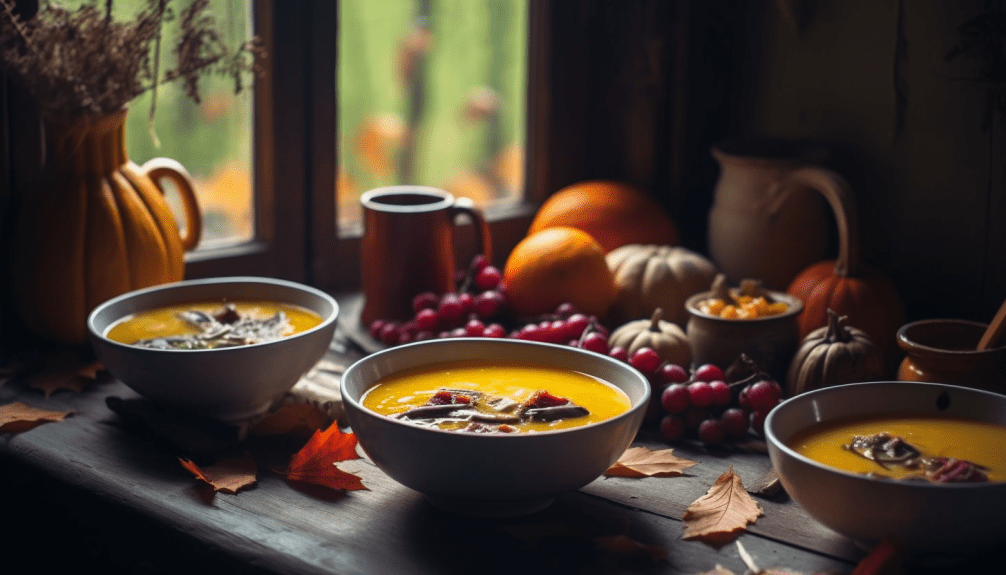Every country has national dishes that are popular far beyond country borders. In Ukraine, salo is one of the most iconic foods; it is consumed raw, salted, and smoked. There is a wide variety of tasty ways to cook salo, but the main thing is that salo remains consistently delicious no matter how it is cooked.
Here are some historical facts and salo recipes for you to learn.
Salo in Ukraine’s history
Salo doesn’t have an exact date of “birth”, and scientists believe that people started consuming salo a very long time ago. Since ancient times, there have been archaeological finds related to it – the bones of wild boars. In the minds of primitive people, the wild boar was considered a personification of stateliness, courage, strength, and bravery.
Archaeology shows that ancient Ukrainians were breeding pigs as early as the third millennium BC. The Trypillians, who lived on many modern Ukrainian lands, also considered the domestic pig a cult animal.
Salo was highly valued for its long shelf life and the ability to store food for the future. This was especially important in numerous wars with nomads, mostly Muslims, who did not eat pork. By stocking up on lard, locals could be sure they would still have food even if a village could not repel the nomad’s attack.
Salo in modern culture
People may like or dislike salo, but it is still considered the national food in Ukraine, given its long history. Besides the cuisine, there is a place for salo in modern culture. Poltava, for example, has a pig breeding institute with a monument to the pig, “the nurturer” of Ukraine, next to its buildings. The world’s most giant salo sandwich, 73 meters long, was made in Lutsk. Lviv has a museum-restaurant, “Salo”, and a “Salo” magazine. Festivals dedicated to this product are held in different country cities every year.
Of course, Ukrainian cuisine is much more diverse and is not characterized by salo dishes. But still, many people buy this delicacy to treat themselves.
Health benefits or harm?
There are opinions about salo being bad for your health. However, modern research by physicians, nutritionists, biologists, and chemists refutes this opinion. The moderate consumption of about 20-40 grams of salo per day and no more than 100 grams per week benefits your health, even if you are keeping your diet healthy or focusing on weight loss. The salo does not accumulate radionuclides and does not cause parasites. It would be best to consume it fresh, preferably not salted or fried.
Salo is used in cosmetology and as an alternative medicine – for its analgesic and anti-inflammatory properties, as a help for burns, respiratory inflammation, and toothache. In addition, it contains the arachidonic acid, a valuable unsaturated fat involved in forming some hormones and, therefore, in cholesterol metabolism, building cell membranes, helping the heart muscle function, and lowering cholesterol levels. Even dairy butter is inferior to salo because of its biological properties and fatty acid content.
Salo cooking features: from the old days to the present
Salo has long been popular among Ukrainians. In terms of frequency of consumption, it is comparable to such well-known national dishes as borsch, varenyky, and holubtsi. Salo is a unique snack that most nations usually cook and eat melted, while Ukrainians eat it in pieces, often with bread, garlic, and salty vegetables.
The preparation of salo and its products varied from region to region. While people in Western Ukraine mainly smoked salo, as it was common in Austria-Hungary, people from Central Ukraine usually salted, melted it to use as a conservant for other meat products, or even canned it as it is.
Salo is a valuable food product on the daily table and also a travel snack, as it does not spoil for a long time, even at high temperatures. It is salted, smoked, canned in jars, frozen, and consumed fresh. Salo is a popular addition to borsch, potatoes, dumplings, and pancakes. Some prefer their salo spread on toast with garlic, various seasonings, and pepper added.
In conclusion, salo is a staple of Ukrainian cuisine and culture, with a long history dating back to ancient times. Despite some negative opinions about its health effects, modern research shows that moderate consumption of salo can benefit your health. Salo is a valuable food product on the daily table and a travel snack that can last for a long time without spoiling. Ukrainians have developed various cooking techniques for salo, including salting, smoking, canning, and freezing. With its versatility and unique taste, salo remains a beloved food in Ukraine, and it continues to be celebrated through festivals, museums, and monuments dedicated to this iconic dish.








